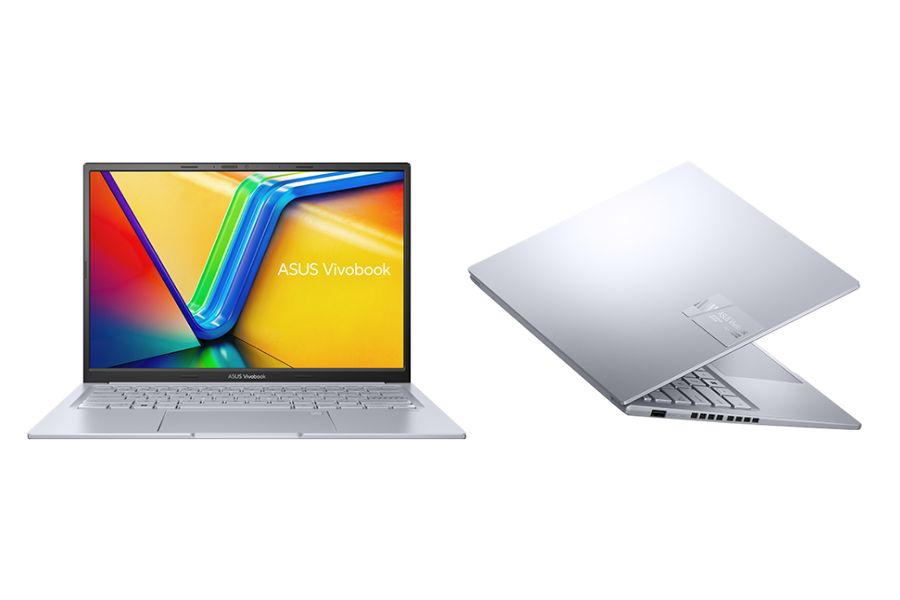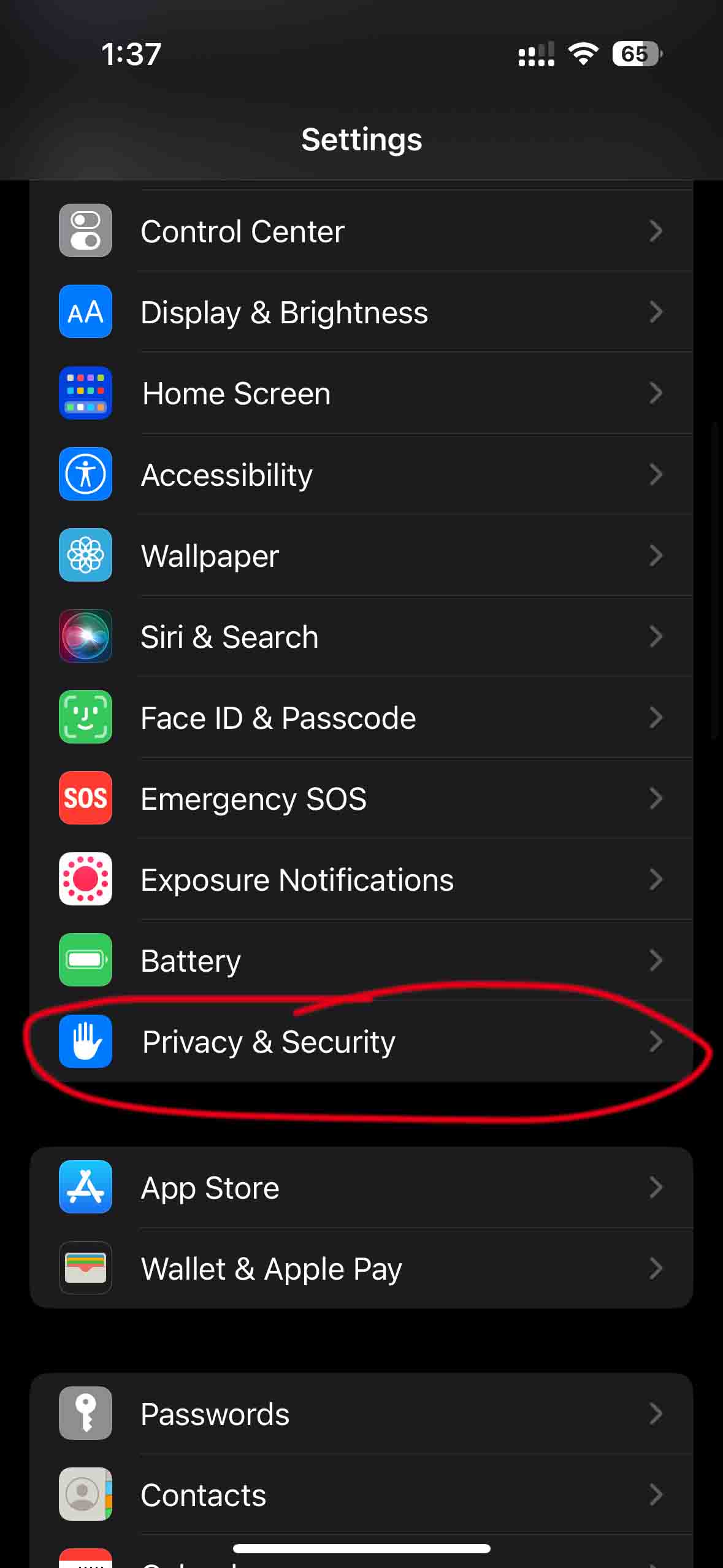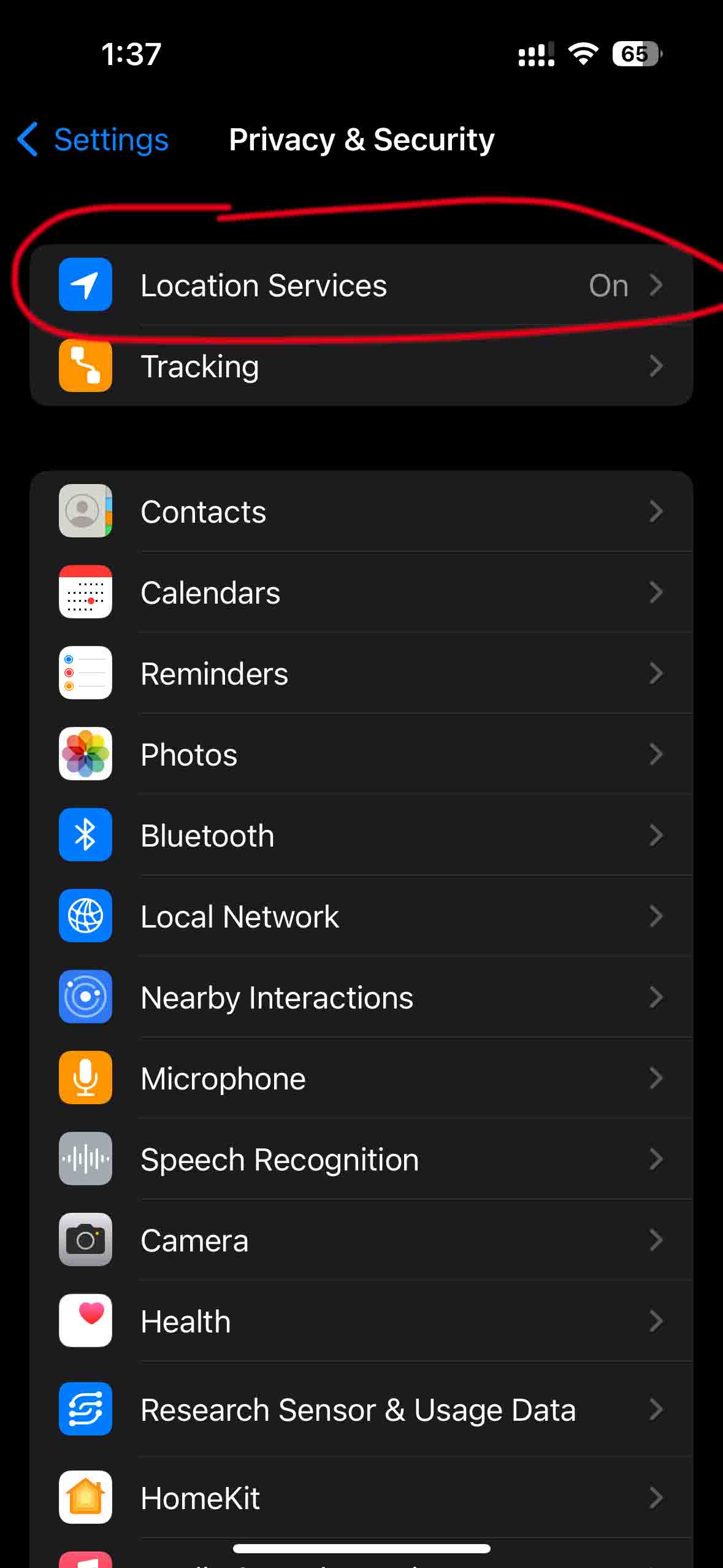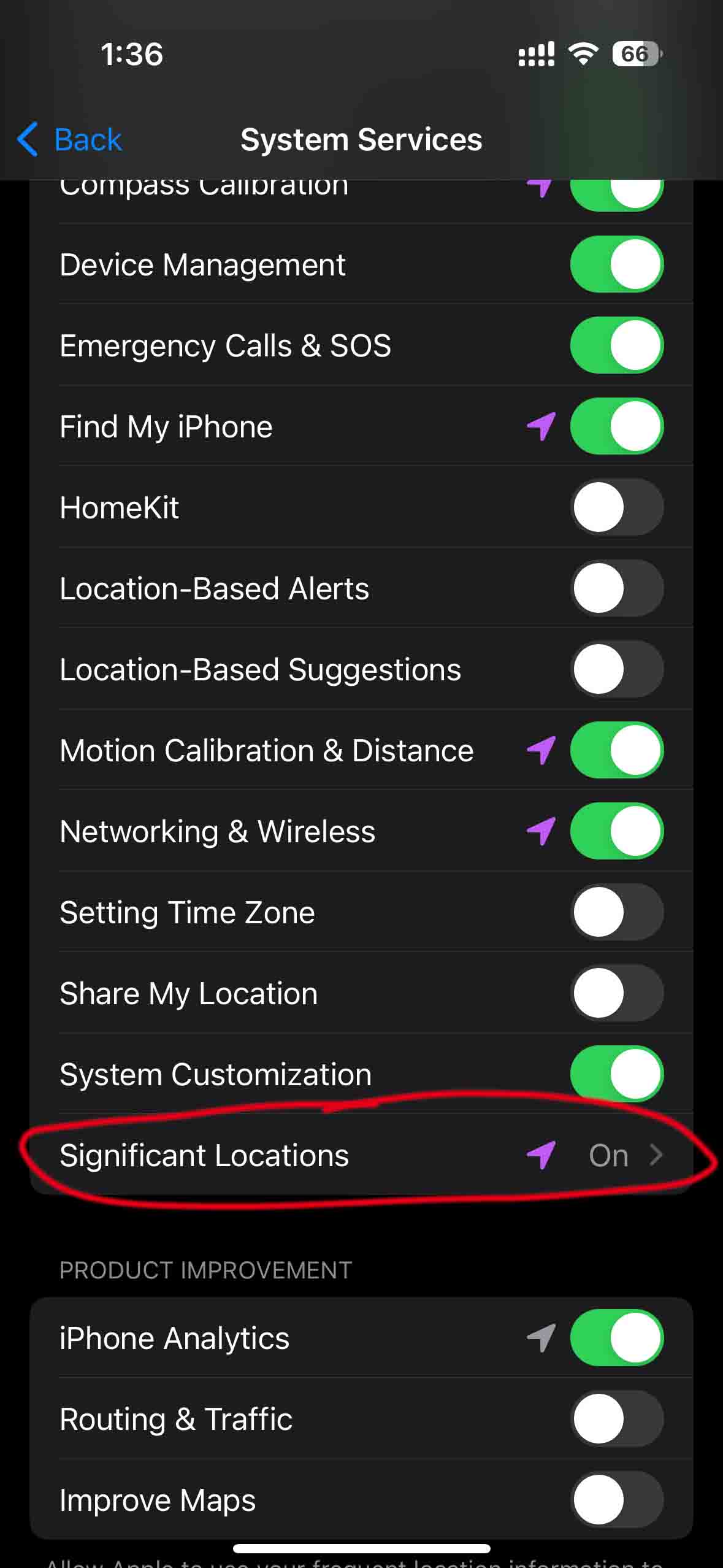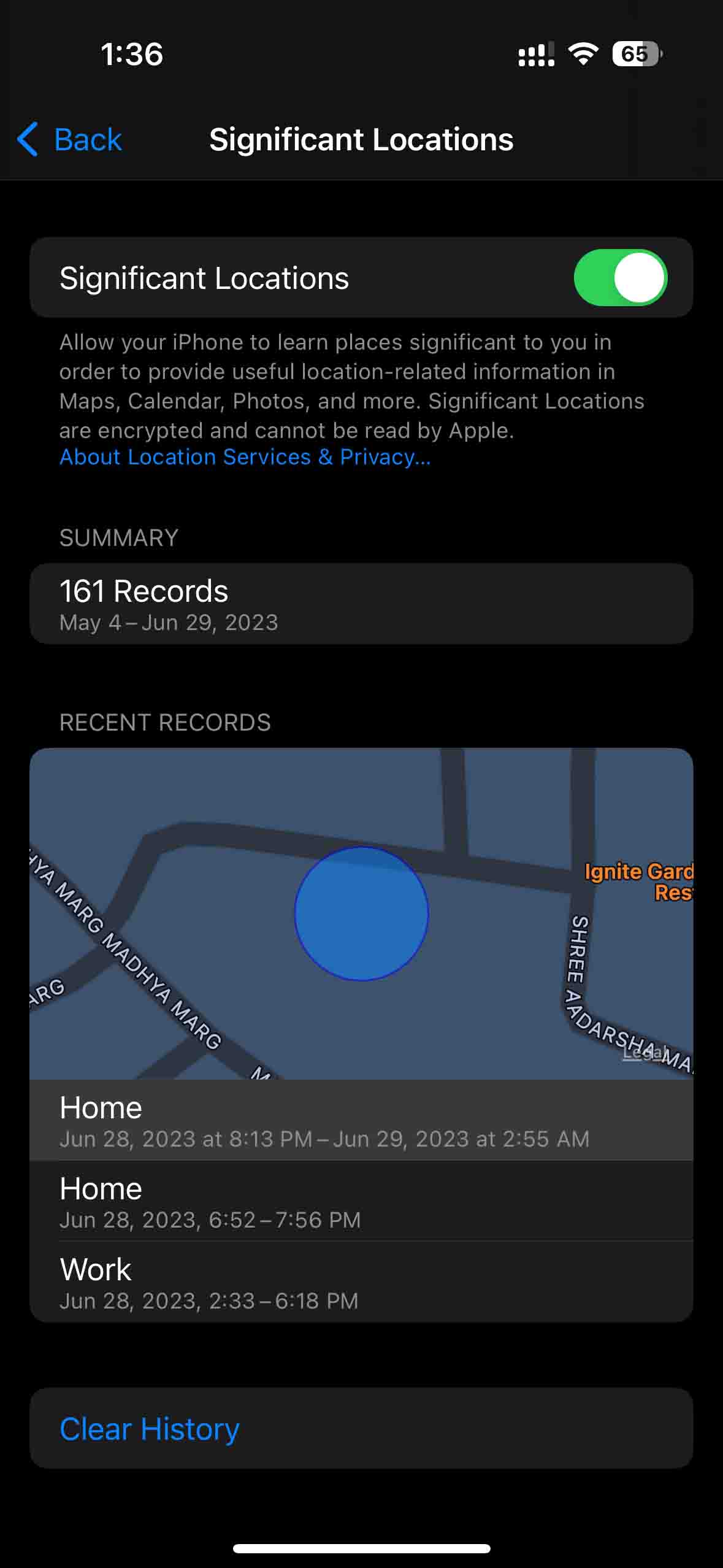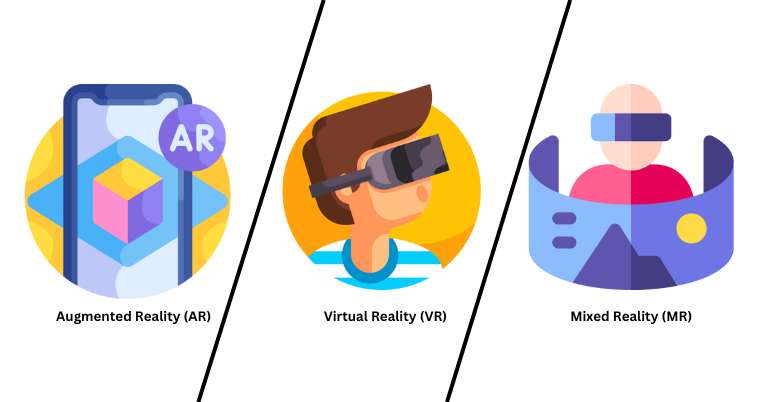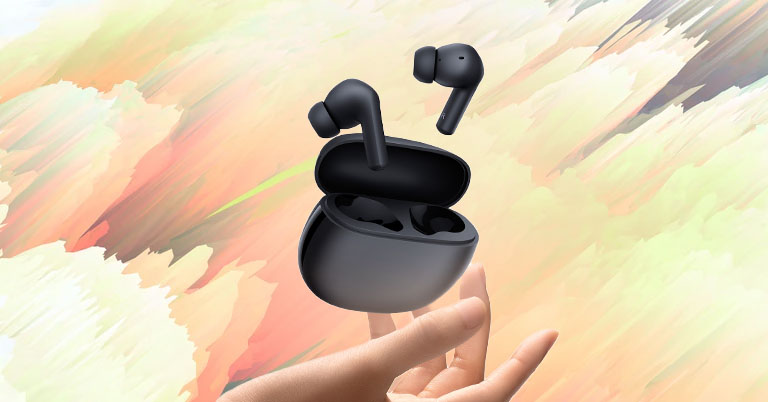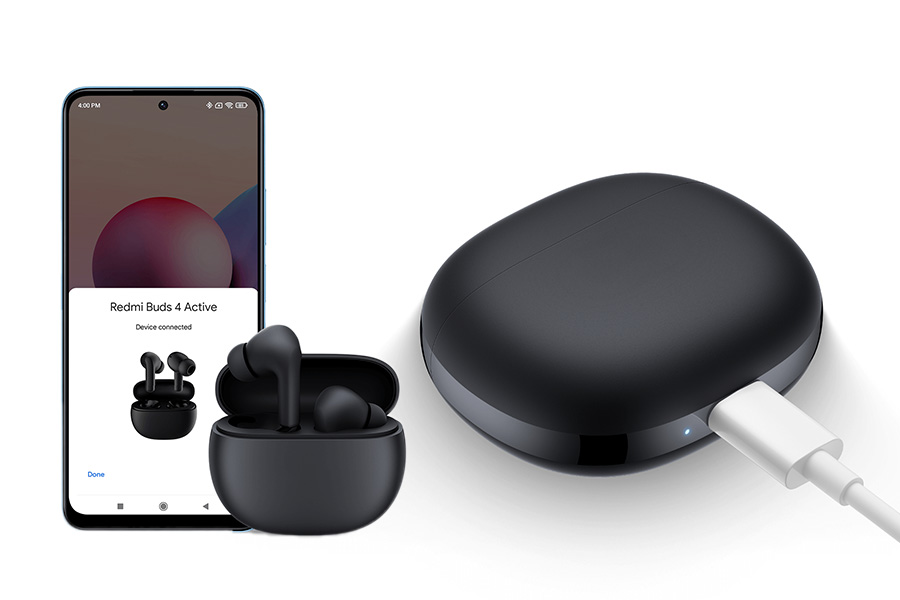Humane, a startup from former Apple employees, has been creating buzz in the tech industry for quite some time now. The company, which is primarily targeted at bringing AI-powered devices, has announced its first product called the “Humane Ai Pin”. This smart wearable AI product is designed to replace your smartphone in the near future, although so much about the device is still unknown.
Humane Ai Pin Overview:
A look back at the TED event
Well, this is not the first time we’ve heard about the Humane Ai Pin. Back in April, the company’s co-founder Imran Chaudhri took the stage at the TED event, wearing what we assume was an Ai Pin in his breast pocket. He demoed a phone call projected right on his palm and then proceeded to answer it hands-free. Other than this, Ai Pin was also able to evaluate the content of a chocolate bar to recommend if it was safe to eat or not.
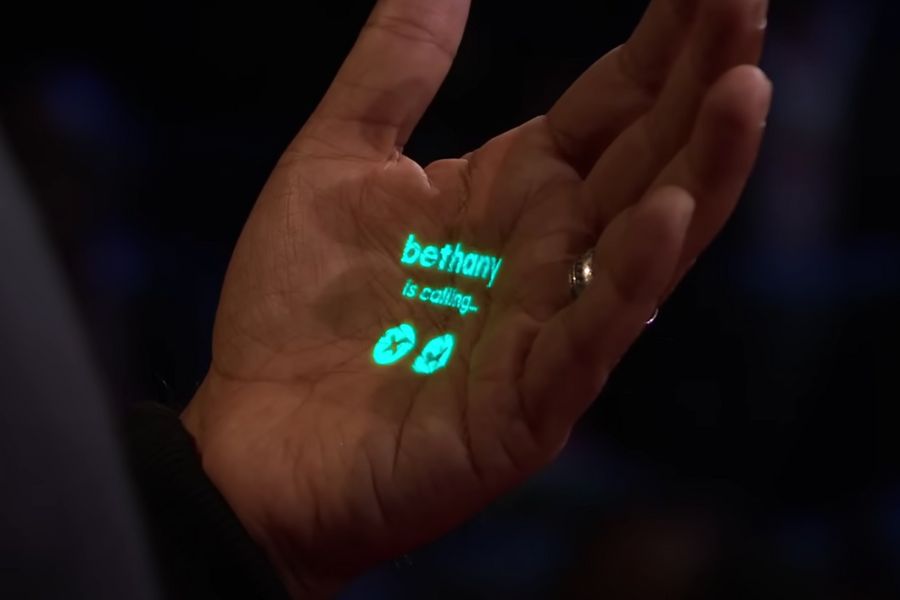
- Also Read:
- Huawei’s latest move could put China at the forefront of the AI race
- This app can spot fake and counterfeit products with your phone’s camera
- Here’s how I cloned my voice using AI for free
- I tried 8 of the best AI copywriting tools. Here’s what I found
Design
The full design of the Humane Ai Pin is still behind the curtains. But if what we’ve seen from the TED conference is anything to go by, the device will likely be screenless and compact that can easily fit in a pocket. The official teaser image also shows colorful lighting on the top of the device. While its camera and microphones seem to be always on. The Ai Pin also has a built-in speaker for taking hands-free calls and voice responses.
What’s up with the “Ai”?
Artificial Intelligence is generally abbreviated to “AI”. But Humane is calling its product “Ai” with a lowercase “i”. So, what does it mean? Well, this might have something to do with Apple’s use of a lowercase “i” on its several products like iPhone, iPod, iPad, etc. After all, Humane is formed by ex-Apple employees and they are seemingly taking some inspiration from Apple’s naming scheme here.
Another interesting fact is that Chaudhri himself was one of the important figures behind developing the iPhone’s touch-based UI. Meanwhile, the company’s co-founder and CEO, Bethany Bongiorno, was also one of the project managers for iOS and macOS.
Humane Ai Pin Price and Availability
As of now, the release date and pricing info of the Humane Ai Pin are still in the dark. The company is currently taking sign-ups for a waitlist. We’ll update the article as soon as new info becomes available.
- Meanwhile, you can check our OnePlus Pad review


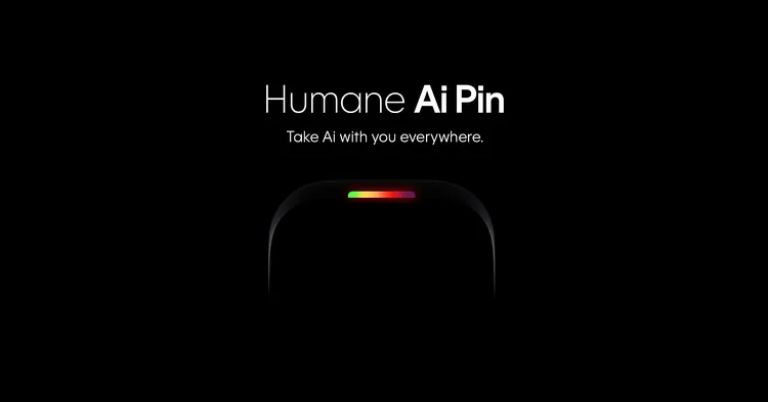

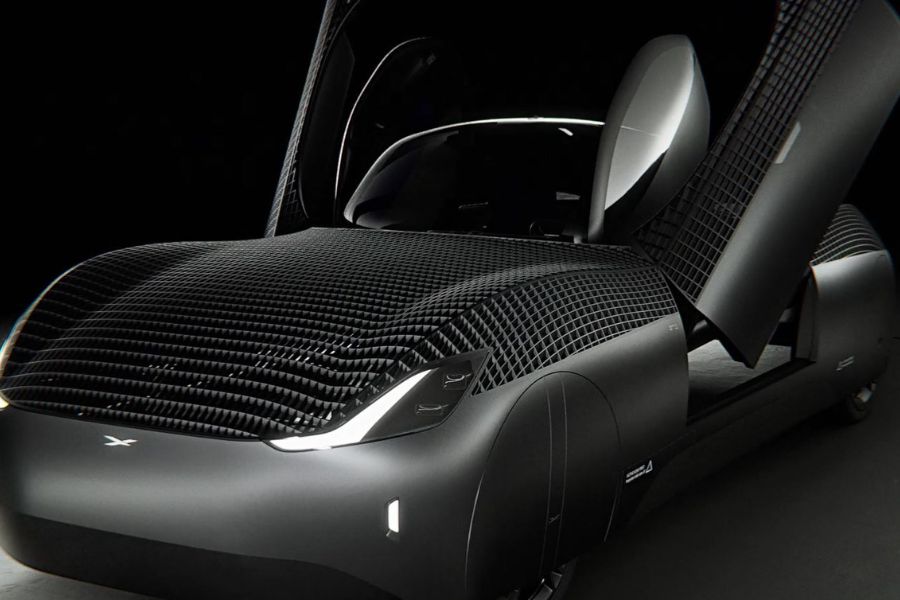
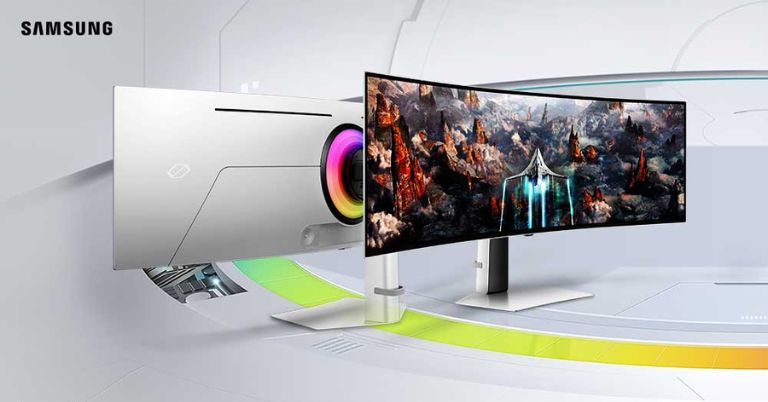
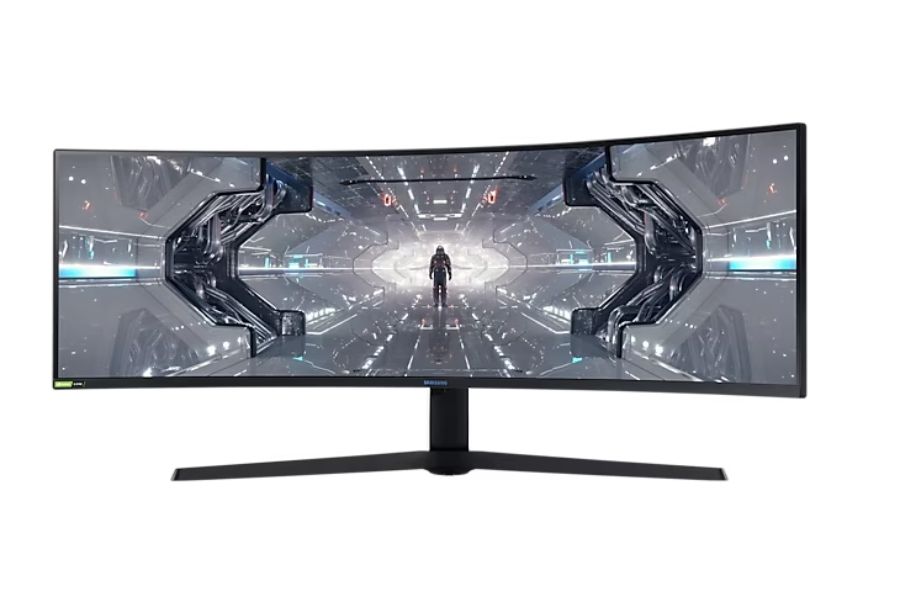

![Asus Vivobook 14X 2023 Price in Nepal [Updated] Asus Vivobook 14X 2023 Price in Nepal [Updated]](https://cdn.gadgetbytenepal.com/wp-content/uploads/2023/07/Asus-Vivobook-14X-2023-Price-in-Nepal.jpg)
